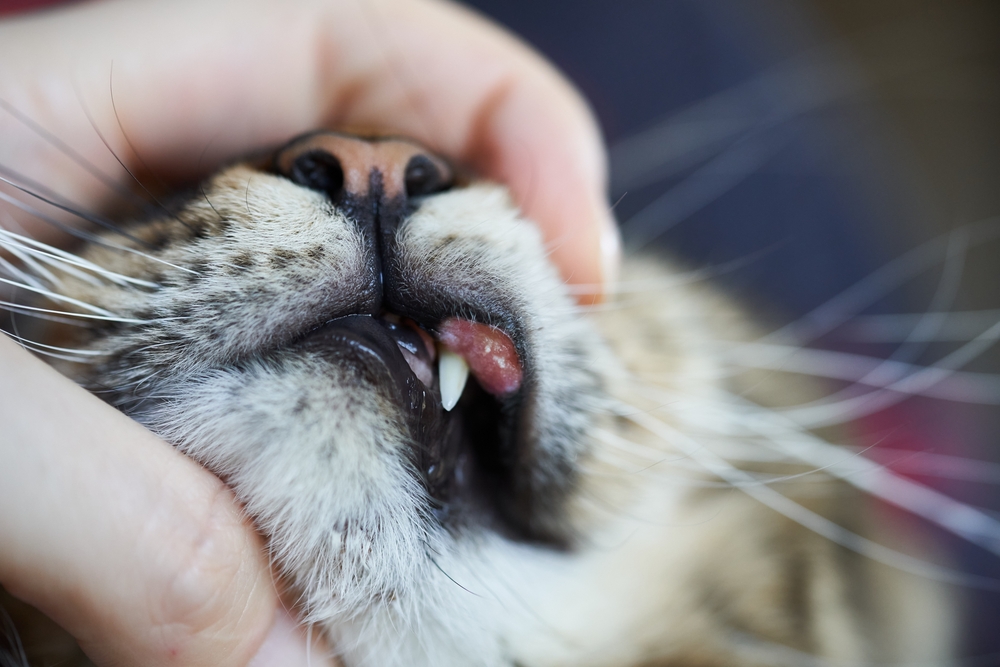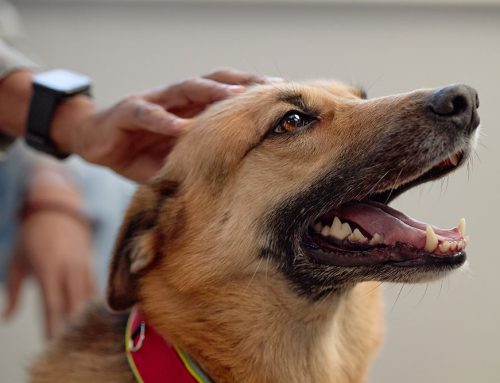“Pruritus” describes itchiness in pets, and veterinarians frequently see itchy pets. However, itchiness in pets has numerous causes, and the problem cannot be remedied without first determining what is causing your pet’s itchiness. The most common causes of pet pruritus are flea allergy dermatitis (FAD), atopy, and food allergies. Our Family Veterinary Care of Oakdale team wants to help your pet stop scratching, so we explain these itchy conditions.
Flea allergy dermatitis in cats and dogs
Many cats and dogs are allergic to flea saliva—a single flea bite can cause your pet’s skin to itch excessively for up to two weeks. In addition, signs in cats include hair loss and crusty skin lesions on the head, neck, and back, while dogs typically have hair loss and skin lesions on their lower back, inner thighs, and abdomen. You may see live fleas on your pet, but their absence doesn’t rule out FAD, since fleas can bite your pet and jump off, or be removed when your pet grooms. Veterinary professionals often use a flea comb to look for flea dirt (i.e., flea feces), which resembles pepper in your pet’s coat. You may also find flea dirt in their bedding. FAD treatment involves:
- Flea prevention — Veterinary-approved flea prevention medication should be administered year-round to cats and dogs affected by FAD, as well as all household pets.
- Flea control — The fleas must be removed from the pet’s environment, and you may need expert advice for a severe infestation.
- Itch control — Our team may prescribe medications, such as steroids, to help control the itch until the reaction resolves.
Atopy in cats and dogs
Atopy also commonly causes itchiness in cats and dogs. The condition describes pets who have a weakened skin barrier, allowing environmental allergens, such as pollen, dust mites, and mold spores, to enter and cause inflammation. Signs in cats include facial, head, and neck pruritus, crusty skin lesions around the neck, and self-induced hair loss, most commonly on the abdomen, limbs, and flanks. Signs in dogs include hair loss and skin lesions around the eyes and mouth, paws, armpits, abdomen, and under the tail. Atopic pets also frequently have chronic or recurring skin and ear infections. Once atopy is diagnosed, the pet can be allergy tested to determine the problematic environmental allergens. Treatment for atopy involves:
- Allergen-specific immunotherapy — Allergy shots are produced from the information the allergy testing provides, which involves administering gradually increasing doses of the problematic allergen to result in desensitization. Most pets respond favorably to this treatment, but results can take 6 to 12 months.
- Allergen avoidance — Reducing your pet’s exposure to the problematic allergen can help. This involves bathing your pet once a week, wiping down their coat after outings, vacuuming your home frequently, and keeping your doors and windows closed.
- Medications — Steroids and anti-itch medications are typically needed to help control your pet’s skin inflammation.
- Omega-3 fatty acids — These supplements can help decrease inflammation and promote skin health.
- Antimicrobials — An appropriate antimicrobial will be prescribed for a pet with a secondary skin or ear infection.
Food allergies in cats and dogs
Pets can be allergic to ingredients in their food. Cats and dogs most commonly react to food sources, with beef, fish, dairy, and chicken problematic for cats, and beef, dairy, chicken, and wheat the problems for dogs. Signs in cats include nonseasonal pruritus, hair loss, and skin lesions affecting the head, face, ears, and neck. Signs in dogs include nonseasonal pruritus and hair loss, and skin lesions affecting the feet, ears, muzzle, chin, and groin. Food allergies may also cause gastrointestinal (GI) signs, and chronic or recurrent skin and ear infections are common. Diagnosis requires an 8- to 12-week food elimination trial diet that must contain a novel protein (e.g., bison, venison, duck, or kangaroo) or a hydrolyzed protein that the body can’t recognize. Your pet must not eat any other food, including treats, chewable medications and supplements, and table scraps during the trial. If your pet’s signs resolve on the trial diet, you can challenge them with ingredients from their previous food to determine the ingredient that caused the reaction, so you can eliminate the causative ingredient from your pet’s diet.
Eosinophilic granuloma complex in cats
Skin allergies, including FAD, atopy, and food allergies, can cause eosinophilic granuloma complex (EGC) in cats. EGC can manifest as different skin lesions that are typically extremely pruritic and often exacerbated by the cat’s licking. EGC forms include:
- Eosinophilic ulcer — Also known as indolent ulcers, these lesions occur on the cat’s upper lip. The ulcer is generally large with a raised border and the area is swollen.
- Eosinophilic plaque — These lesions, which appear as well-demarcated, flat swellings, can occur anywhere on the cat’s body, but are often seen on the abdomen. Hair loss in the area is common, and ulceration often occurs.
- Eosinophilic granuloma — These lesions can occur anywhere on the cat’s body, but are commonly seen in the mouth, and on the hind limbs and foot pads. They appear as nodular or linear raised areas of thickened, reddened skin. Hair loss and ulceration are common.
If your cat or dog is pruritic, contact our Family Veterinary Care of Oakdale team, so we can determine the underlying cause and alleviate their itchiness as soon as possible.











Leave A Comment